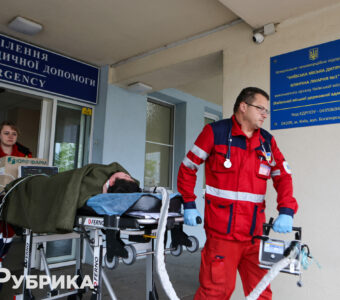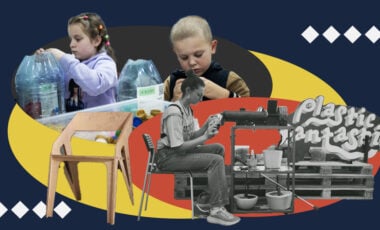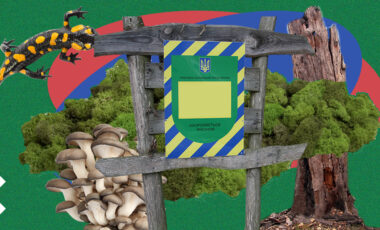Fur farms in Ukraine: can Danish collapse happen to us?
We explain how fur is produced in Ukraine and why it's actually an even bigger issue than it seems at first glance.

Recently, the world was shocked by the news from Denmark, the largest supplier of mink fur in the world, and also from Spain and the Netherlands, also known for fur. There, minks caught coronavirus, which led to panic and the decision to kill all the minks on fur farms. They killed more than a million animals. It has sparked another wave of debate in society revolving around for decades: why do we still produce fur?
The European "mink collapse" isn't as far from Ukraine as it seems. It concerns us directly.
Have you ever wondered how many living creatures one has to kill to sew a fur coat? According to public organizations, one coat is equal to 30-70 minks, 30-200 chinchillas, 10-20 foxes, 200-400 squirrels, 30-40 raccoons, 30-40 rabbits, or 15-20 dogs. Is wearing the fur of an animal that might be your pet pleasant? Are you also frightened by this thought? But, as they say, demand means supply. According to the Association of Fur Farmers of Ukraine, currently, 37 farms are registered in Ukraine, including 11 active ones. However, no one knows how many of them in Ukraine you can actually find.
Minks are most popular for breeding in Ukraine, as they are most in-demand at international auctions. The farms are designed for livestock of 10-450 thousand, and the number of employees can be from 20 to 200. The owners of farms are mostly national investors, although there are farms owned by foreign companies (for example, Cyprus or Great Britain, where fur farms are banned).
Fur production is not only an ethical issue but also an environmental one. According to many independent studies, the fur industry is one of the most harmful to the environment. For example, producing 1 kg of fur you need to use about 563 kg or 376-1126 minks (weight of one mink is 0.5-1.5 kg). The environmental effect of producing 1 kg of fur is the same as the emissions from a car that traveled 1250 km. What if it's 850 thousand minks a year? And it's just a matter of air emissions. What about the smell? Water use and emissions into the water? Waste and dirt? Chemicals for treating fur so it doesn't decompose and rot? Hundreds of liters of blood and a huge number of bones and corpses? But you've probably heard about it many times, right? We won't speak in abstractions but address the Ukrainian realities.
This publication is available in Ukrainian and Russian. The English translation hasn’t been produced yet. Support us to make the translation faster - follow the link for instructions






















































